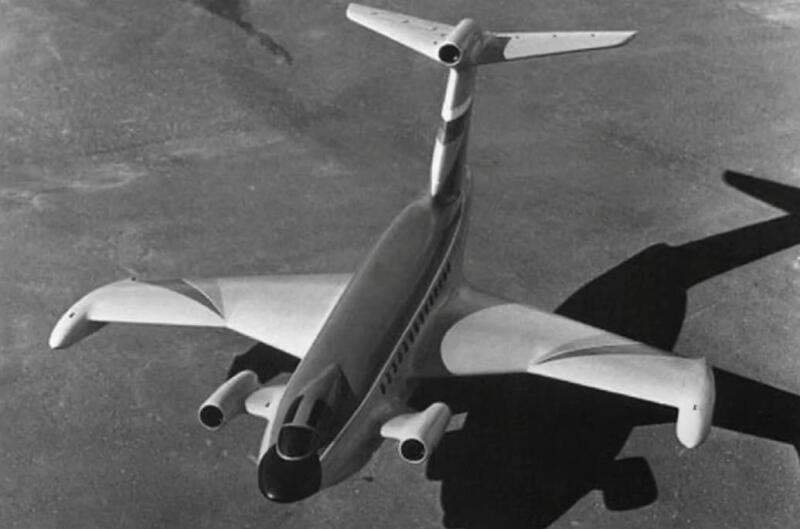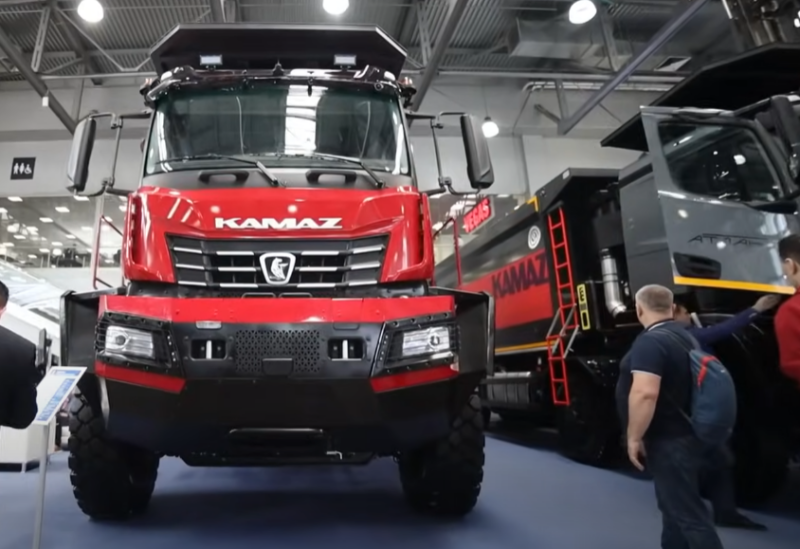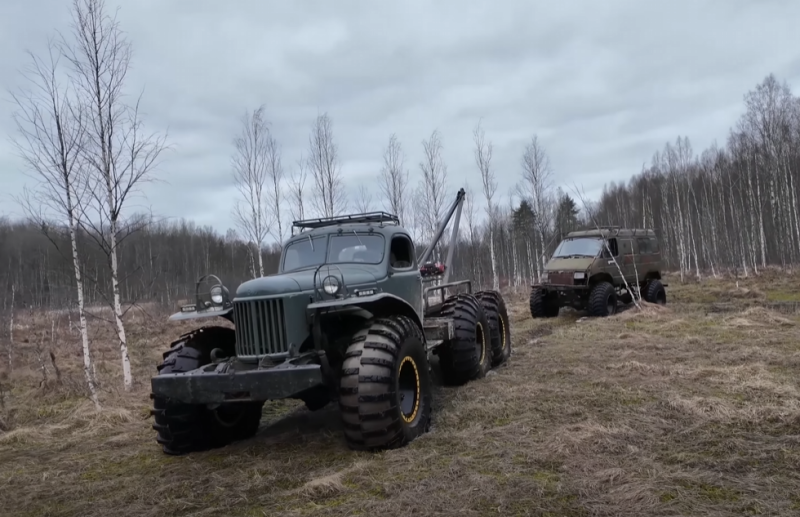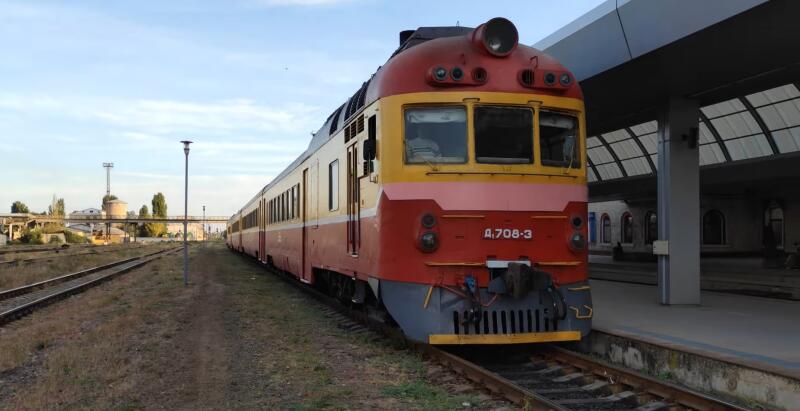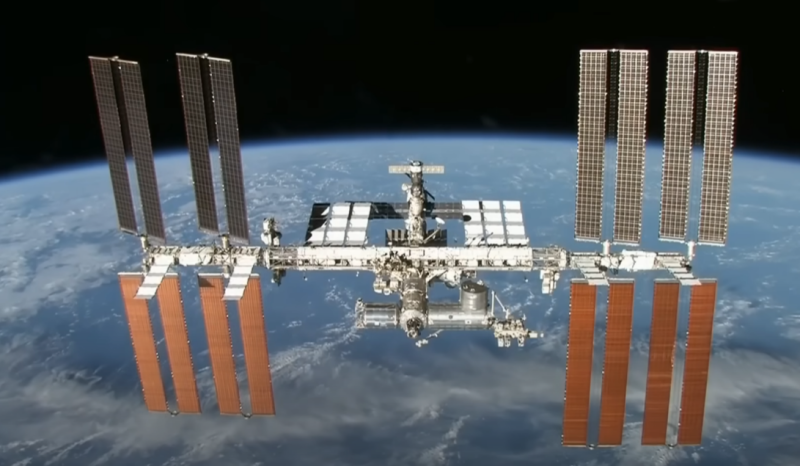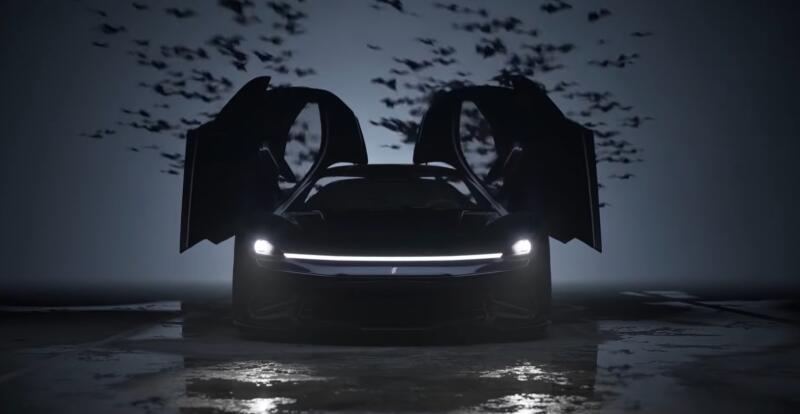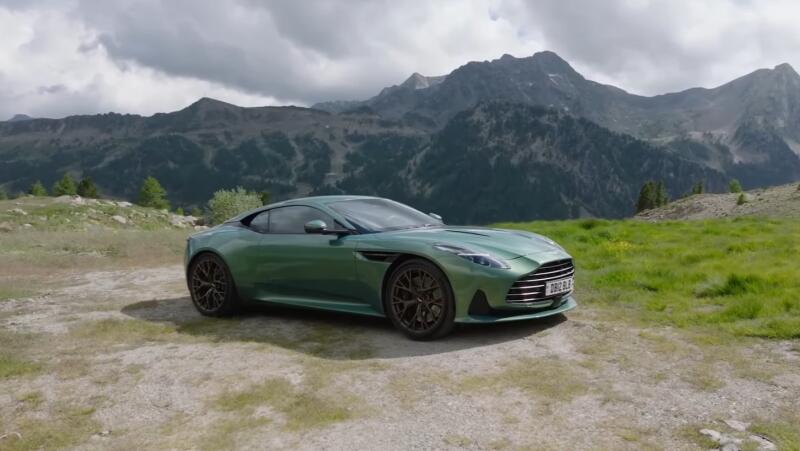Screen and air cushion
The latter is understood as a structure that creates uniform pressure under the bottom of the vessel. This allows him to move over the water surface, land, ice, snowy plains, etc. There are three types of pillows.
Air lubricated
Such designs can lift something as little as 1 mm above a very smooth surface. The gap is small, but it allows, for example, to move multi-ton loads around the workshop without any problems. For land transport, such a pillow is rarely used, but for water transport it is often used: for example, the Zarya passenger glider and others.
 Sputnik is a hovercraft. Photo: YouTube.com
Sputnik is a hovercraft. Photo: YouTube.comThey trap air under the body and reduce resistance when moving.
conventional air cushion
Allows you to rise higher than 1 mm. To do this, you need to exclude air leakage from under the bottom. The way out was found in the form of fences on both sides - a flexible "skirt". It is at rest when passing a flat surface, and when obstacles appear, it bends. Attempts to apply an air cushion in practice date back to 1936 (L-5 torpedo boat). However, Finn T. Kaario, who created a machine tested over the ice of a frozen lake in 1932, is considered the “ancestor” of the ekranoplan. Today, such a design can be found on the Murena landing craft, a civilian ferry crossing the English Channel SR.N4.
 SR.N4 is about to cross the strait. Photo: YouTube.com
SR.N4 is about to cross the strait. Photo: YouTube.comHowever, such transport has not received wide distribution: on land, the skirt wears out quickly, fuel consumption is high, and poor maneuverability.
Dynamic Cushion (Fibreboard)
Here speed is used. Instead of propellers, water or water cannons are used. Fiberboard is formed due to braking under the bottom of the air flow, which is created by a special supercharger. As a result of excessive pressure, a lifting force is generated that exceeds the mass of the vessel.
 Boat "Volga-2" on a dynamic air cushion. Photo: YouTube.com
Boat "Volga-2" on a dynamic air cushion. Photo: YouTube.comWhen it increases speed, the car begins to rise above the surface. Efficiency depends on the proximity to the surface: the lower, the better - the higher the speed, the lower the fuel consumption. The designers tried to combine all of the above ideas in the described ekranolet.
Why was the S-90 created?
First, marketing research was carried out, which showed that Russia's potential need for such machines is approximately 2 pieces of equipment. To create a prototype, subject to sufficient funding, it will take at least three years. The total development cost is estimated at 46,5 million "green".
 Schematic representation of S-90 profiles. Photo: YouTube.com
Schematic representation of S-90 profiles. Photo: YouTube.comSpeaking in a professional language, then this machine is a non-aerodrome-based multi-purpose aircraft. It is intended for transportation of goods and transportation of passengers in areas where there is no infrastructure necessary for "classic" aircraft, and it is not economically profitable to build roads. The S-90 was developed as a machine operated in three modes:
✅ regional aircraft equipped with ballscrews - air cushion landing gear
✅ WIG
✅ vessel (self-propelled barge)
The chief designer who led the work on the development of a universal aircraft is Alexander Polyakov.
How did the ekranolet move
The unique design, which combined a number of technologies in one vehicle, allowed the S-90 to move in space in several ways. The first mode is flight over the water surface where ordinary river navigation is difficult for one reason or another. In this case, the force of permissible excitement is no more than two points. Also, the ekranolet in this mode “can” fly over land, provided that the height of the relief does not exceed half a meter. This achieves maximum efficiency in fuel consumption.
 The boundless expanses of the North are the best place to operate the S-90. Photo: YouTube.com
The boundless expanses of the North are the best place to operate the S-90. Photo: YouTube.comThe second ability of the ship is to move in the air “like an airplane”. This mode is used when there is a strong wave, a storm on the water, and it is impossible to fly over land in the screen mode due to many irregularities. Operation takes place in accordance with the requirements of FAR25 and Russian AP25 (certification rules). Another feature of the C-90 is the possibility of micro-point takeoff / landing. To take to the air, a runway of 230-240 m is enough for the car. Technical characteristics of the S-90 ekranolet:
✅ wingspan, length and height - 16,91 m, 13,83 m, 4,85 m
✅ power plant - a pair of theater engines, issuing 960 "horses" each
✅ air cushion compressor - axial type with a capacity of 350 liters. With.
✅ empty weight (maximum takeoff) - 4,5 tons (up to 10,5 tons)
✅ flight altitude - from 0,05 to 4000 m
✅ speed - from 80 km / h (in screen mode) to 400 km / h (if, like an airplane)
A car with full tanks is capable of covering a maximum distance of 3100 km. Under load, the indicator decreases: if there are 19 passengers on board - up to 2940 km, 25 - 2450 km, 31 people - 1970 km. The cost of operating the S-90 for one hour is 330 greenbacks. For example: the price of 1 hour of using the L-410, accommodating 19 passengers, reaches 39 thousand rubles. Estimated operational resource of the ekranolet is 25 thousand hours or 20 years.
Design features and on-board equipment
A fairly spacious passenger compartment was envisaged, where the seat pitch was assumed to be 762 mm. The height of the "room" was 185 cm - most passengers could walk without bending. In the salon there is a wardrobe, a kitchen and a toilet. When converting the aircraft into a truck, a pair of containers of the LD-3 type was freely placed inside (total weight - up to 4,5 tons). Onboard equipment allows you to fly in all weather conditions, at night, as well as over sparsely populated areas in the absence of landmarks.
With the result that
In 2000, a hydroaviation show was held in Gelendzhik, where the Sukhoi Design Bureau presented its new development - the S-90 ekranolet. The Ministry of Emergency Situations showed the greatest interest in the car. In particular, the ability of the vessel to land and take off from unprepared airfields in the Far North, where there is no infrastructure needed, for example, even for Mi-8 helicopters. Ekranolety could well replace them. Everything, as always, rested on funding.
 The development of the S-90 was carried out by the Sukhoi Design Bureau. Photo: YouTube.com
The development of the S-90 was carried out by the Sukhoi Design Bureau. Photo: YouTube.comBy the way, this problem with regard to the development of ekranolet is typical not only for Russia, but also for other countries where a similar picture is observed. The problem is the large sums and complexity of creating such vehicles. It is required to conduct a lot of experiments, tests, respectively, it will take time. Private airlines, design bureaus do not want to take risks alone. As soon as it becomes clear that the government refuses to participate in financing, work is immediately curtailed. One can only hope that someday the idea of ekranolet will return and the state will become interested in this topic.
